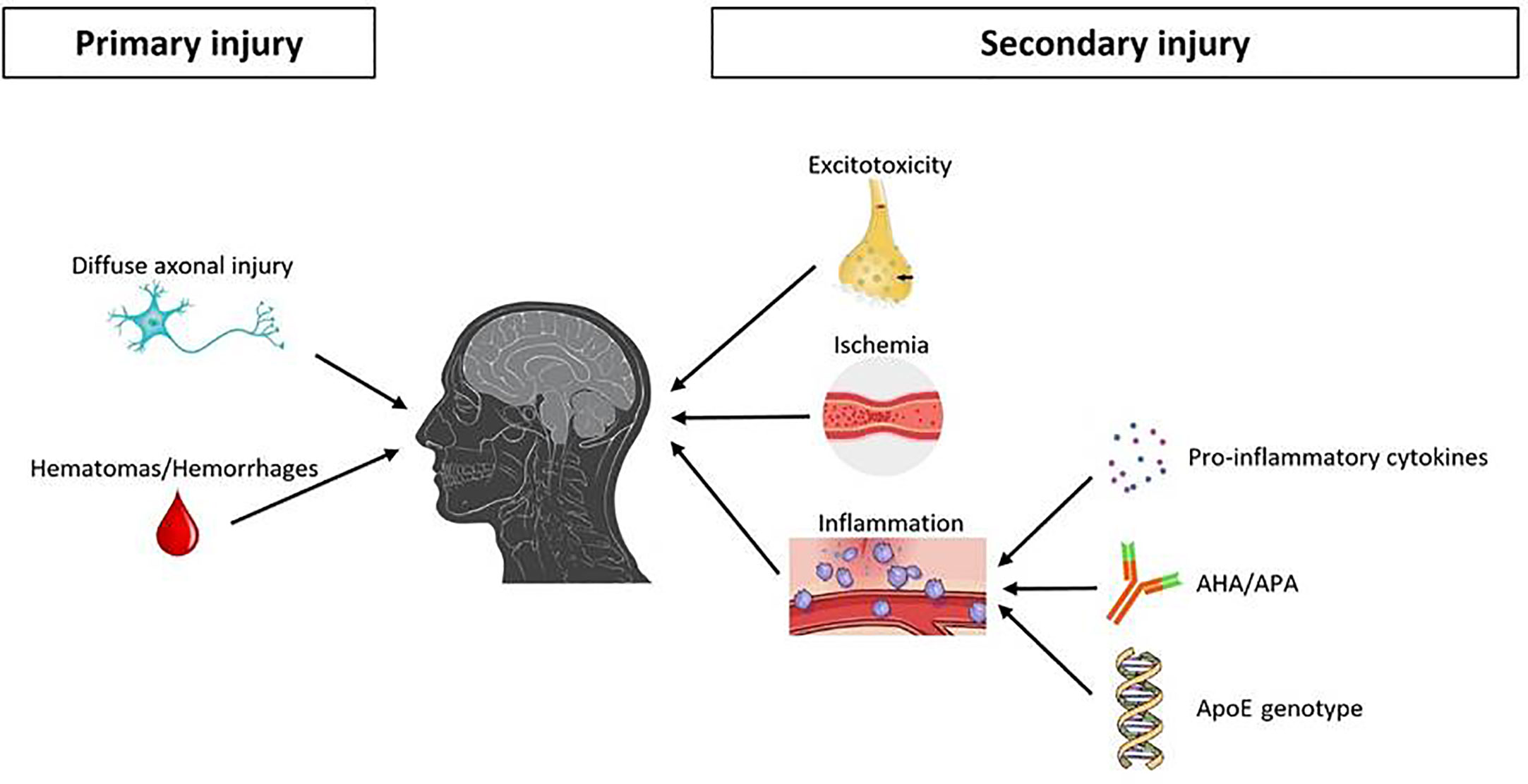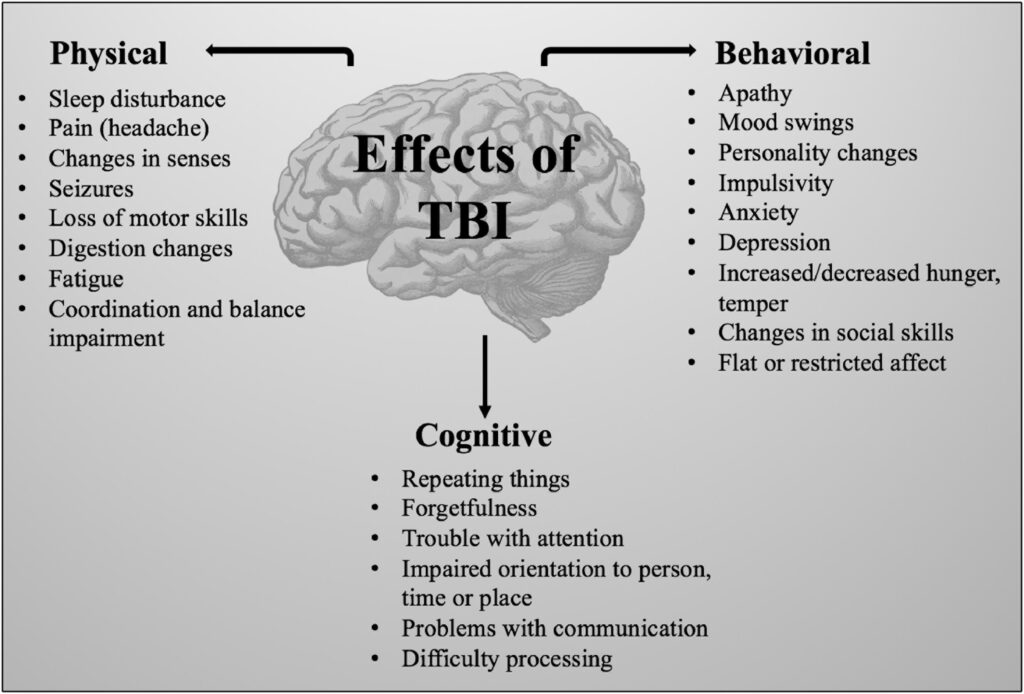Traumatic Brain Injury, commonly referred to as TBI, is a complex medical condition that occurs when an external force causes damage to the brain. It can result from a variety of incidents, ranging from falls and car accidents to sports injuries and violent acts. This article delves into the causes, symptoms, diagnosis, and treatment options for this life-altering condition.

Understanding Traumatic Brain Injury
A traumatic brain injury happens when a sudden trauma disrupts the normal functioning of the brain. The severity of the injury can vary widely, from mild cases where the individual might only experience a brief change in mental status to severe cases involving prolonged unconsciousness or memory loss. Understanding the nature of this injury is crucial for recognizing its impact on individuals and their families.
Causes of Traumatic Brain Injury
The causes of traumatic brain injury are diverse and often depend on age, lifestyle, and environment. Below are some of the most common causes:
- Falls: Falls are the leading cause of traumatic brain injury, especially among children and older adults. Slipping in the bathroom, falling off ladders, or tripping on uneven surfaces can all lead to head injuries.
- Vehicular Accidents: Car crashes, motorcycle accidents, and collisions involving bicycles or pedestrians are frequent contributors to traumatic brain injuries. The force of impact during these incidents can cause significant damage to the brain.
- Sports Injuries: High-impact sports such as football, boxing, hockey, and soccer pose a risk of head injuries. Athletes may suffer concussions or more severe brain trauma due to collisions, falls, or improper protective gear.
- Violence: Acts of violence, including gunshot wounds, domestic abuse, and child abuse, can result in traumatic brain injuries. Shaken baby syndrome, for example, is a severe form of brain injury caused by violently shaking an infant.
- Explosive Blasts: Military personnel exposed to explosive blasts are at high risk of brain injuries. The pressure wave generated by explosions can damage brain tissue even without direct impact.
Symptoms of Traumatic Brain Injury
The symptoms of traumatic brain injury can vary depending on the severity of the injury and the part of the brain affected. They may appear immediately after the incident or develop gradually over time. Here are some common signs to watch for:
Mild Traumatic Brain Injury
- Loss of consciousness for a few seconds or minutes
- Confusion or disorientation
- Headache
- Nausea or vomiting
- Fatigue or drowsiness
- Difficulty sleeping or sleeping more than usual
- Dizziness or loss of balance
- Blurred vision or sensitivity to light
- Ringing in the ears
- Changes in mood, such as irritability or depression
Moderate to Severe Traumatic Brain Injury
- Prolonged loss of consciousness, ranging from minutes to hours
- Severe headache that worsens over time
- Repeated vomiting or nausea
- Convulsions or seizures
- Dilation of one or both pupils
- Clear fluids draining from the nose or ears
- Inability to wake up from sleep
- Weakness or numbness in fingers and toes
- Loss of coordination
- Profound confusion or agitation
- Slurred speech
- Coma or other disorders of consciousness
Diagnosis of Traumatic Brain Injury
Diagnosing traumatic brain injury requires a thorough evaluation by healthcare professionals. The process typically involves several steps:
Initial Assessment
When someone experiences a head injury, the first step is to assess their condition using tools like the Glasgow Coma Scale. This scale measures the individual’s ability to follow directions, move their eyes, and speak coherently. A lower score indicates a more severe injury.
Imaging Tests
Doctors may order imaging tests to determine the extent of brain damage. These include:
- Computed Tomography Scan: A CT scan provides detailed images of the brain and helps identify bleeding, swelling, or fractures.
- Magnetic Resonance Imaging: An MRI offers a more comprehensive view of the brain and is particularly useful for detecting subtle changes in brain tissue.
Neuropsychological Testing
In cases where cognitive or behavioral issues arise, neuropsychological testing may be conducted. These assessments evaluate memory, attention, problem-solving skills, and other mental functions to provide a clearer picture of the injury’s impact.
Treatment Options for Traumatic Brain Injury
The treatment approach for traumatic brain injury depends on the severity of the injury and the specific needs of the patient. While mild cases may resolve with rest and over-the-counter pain relievers, moderate to severe injuries often require intensive medical intervention.
Immediate Medical Care
For severe traumatic brain injuries, immediate medical attention is critical. Emergency care focuses on stabilizing the patient and preventing further damage. This may involve:
- Ensuring adequate oxygen supply to the brain
- Controlling blood pressure
- Reducing intracranial pressure caused by swelling
- Performing surgery to remove blood clots or repair skull fractures
Medications
Doctors may prescribe medications to manage symptoms and prevent complications. Commonly used drugs include:
- Diuretics: These help reduce fluid buildup in the brain and alleviate pressure.
- Anti-seizure Drugs: These are prescribed to prevent seizures, which are common after brain injuries.
- Coma-inducing Medications: In some cases, doctors may induce a temporary coma to allow the brain to rest and heal.
Rehabilitation
Recovery from a traumatic brain injury often involves long-term rehabilitation. The goal is to help the individual regain lost abilities and adapt to any permanent changes. Rehabilitation programs may include:
- Physical Therapy: Focuses on improving strength, balance, and coordination.
- Occupational Therapy: Helps patients relearn daily activities and develop strategies to cope with physical limitations.
- Speech and Language Therapy: Assists with communication difficulties and swallowing problems.
- Cognitive Therapy: Targets memory, attention, and problem-solving skills.
- Psychological Counseling: Provides emotional support and addresses mental health challenges such as anxiety or depression.
Alternative Therapies
In addition to conventional treatments, some individuals explore alternative therapies to complement their recovery. These may include acupuncture, massage therapy, and mindfulness practices. While scientific evidence supporting these methods varies, many patients report improvements in overall well-being.
Preventing Traumatic Brain Injury
While not all traumatic brain injuries can be prevented, certain measures can significantly reduce the risk. These include:
- Wearing seat belts while driving and ensuring children use appropriate car seats
- Using helmets during sports and recreational activities such as biking, skating, and skiing
- Installing handrails and non-slip mats in bathrooms to prevent falls
- Securing firearms and ammunition safely to prevent accidental shootings
- Educating athletes, coaches, and parents about the importance of recognizing and addressing head injuries
By raising awareness and adopting preventive measures, communities can work together to minimize the incidence of traumatic brain injuries and protect vulnerable populations.





